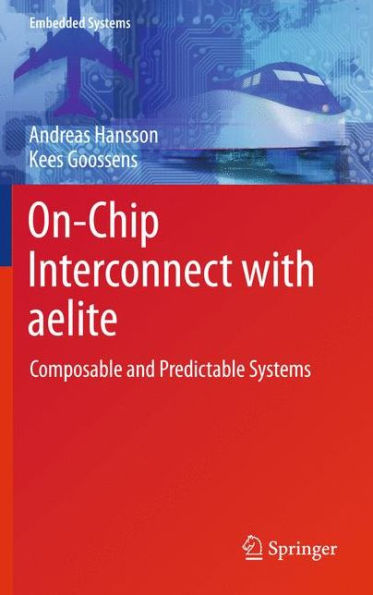On-Chip Interconnect with aelite: Composable and Predictable Systems
The book provides a comprehensive description and implementation methodology for the Philips/NXP Aethereal/aelite Network-on-Chip (NoC). The presentation offers a systems perspective, starting from the system requirements and deriving and describing the resulting hardware architectures, embedded software, and accompanying design flow. Readers get an in depth view of the interconnect requirements, not centered only on performance and scalability, but also the multi-faceted, application-driven requirements, in particular composability and predictability. The book shows how these qualitative requirements are implemented in a state-of-the-art on-chip interconnect, and presents the realistic, quantitative costs.
1111362147
On-Chip Interconnect with aelite: Composable and Predictable Systems
The book provides a comprehensive description and implementation methodology for the Philips/NXP Aethereal/aelite Network-on-Chip (NoC). The presentation offers a systems perspective, starting from the system requirements and deriving and describing the resulting hardware architectures, embedded software, and accompanying design flow. Readers get an in depth view of the interconnect requirements, not centered only on performance and scalability, but also the multi-faceted, application-driven requirements, in particular composability and predictability. The book shows how these qualitative requirements are implemented in a state-of-the-art on-chip interconnect, and presents the realistic, quantitative costs.
169.99
In Stock
5
1

On-Chip Interconnect with aelite: Composable and Predictable Systems
210
On-Chip Interconnect with aelite: Composable and Predictable Systems
210
169.99
In Stock

Product Details
| ISBN-13: | 9781441964960 |
|---|---|
| Publisher: | Springer New York |
| Publication date: | 10/28/2010 |
| Series: | Embedded Systems |
| Edition description: | 2011 |
| Pages: | 210 |
| Product dimensions: | 6.10(w) x 9.25(h) x 0.24(d) |
From the B&N Reads Blog
